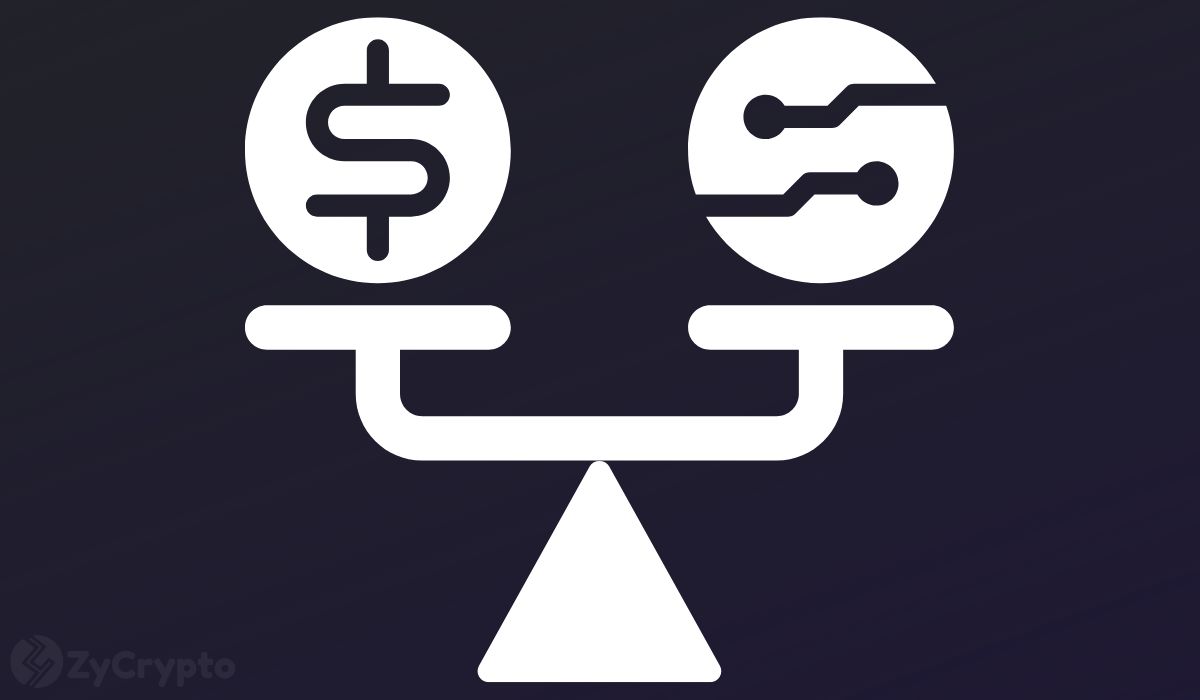Charles Hoskinson believes that algorithmic stablecoins are the way to go and that they have the ability to undermine the monopoly of government-issued fiat. In a recent tweet, the Cardano co-founder expressed his support for the stablecoins, terming them as “the gold standard of the digital age” and eliciting mixed reactions from the crypto community.
“The concept of algorithmic stablecoins is how we get nation states off of fiat currencies. It’s the gold standard of the digital age,” he tweeted.
Stablecoins refer to special cryptocurrencies that are pegged to fiat currencies such as the dollar or euro on a 1:1 ratio. However, over the past two years, algorithmic stablecoins, a new form of stablecoin that differs in its collateralization, have emerged. These stablecoins are backed by an on-chain algorithm and another cryptocurrency that props them up. They include terraUSD(UST) frax(FRAX), and neutrino usd (USDN).
The debate around algorithmic stablecoins has been around for a while, most notably due to the allure of having a stablecoin that is not issued by a centralized entity or backed by fiat currencies. According to Hoskinson, using a deflationary cryptocurrency like Bitcoin or ADA to collateralize a stablecoin could help achieve that goal since both have adequate liquidity pools to protect stablecoins from losing value.
However, despite their ability to become the holy grail of next-generation Decentralized Finance (DeFi), the constant failure of algorithmic stablecoins has been troubling the crypto community. This fear has largely to do with the collapse of the Bitcoin-backed TerraUSD stablecoin in May, which saw well over $40 billion in investor money go down the drain.
“Respectfully- I disagree, Terra should be a prime example. After Terra, I would be hesitant to use an algorithmic concept. As we saw, crap can go off the rails quickly,” one follower replied to Hoskinson’s tweet.
Another one wrote, “I think that collateralizing with real-world assets makes more sense than volatile cryptocurrencies like BTC or ADA.If they’re refined in the future and also more stable then sure, but liquidations are a big issue.”
Already, DJED, a price-stable algorithmic stablecoin backed by ADA, has been in the works and is expected to go live in January 2023. Users who send ADA to a given smart contract address will receive the same dollar worth of DJED and vice versa. To cushion DJED against collapsing in the event ADA experiences a major downside, the smart contract will have a reserve currency SHEN that will maintain DJED’s peg by guaranteeing a collateralization rate of 400-800%.






